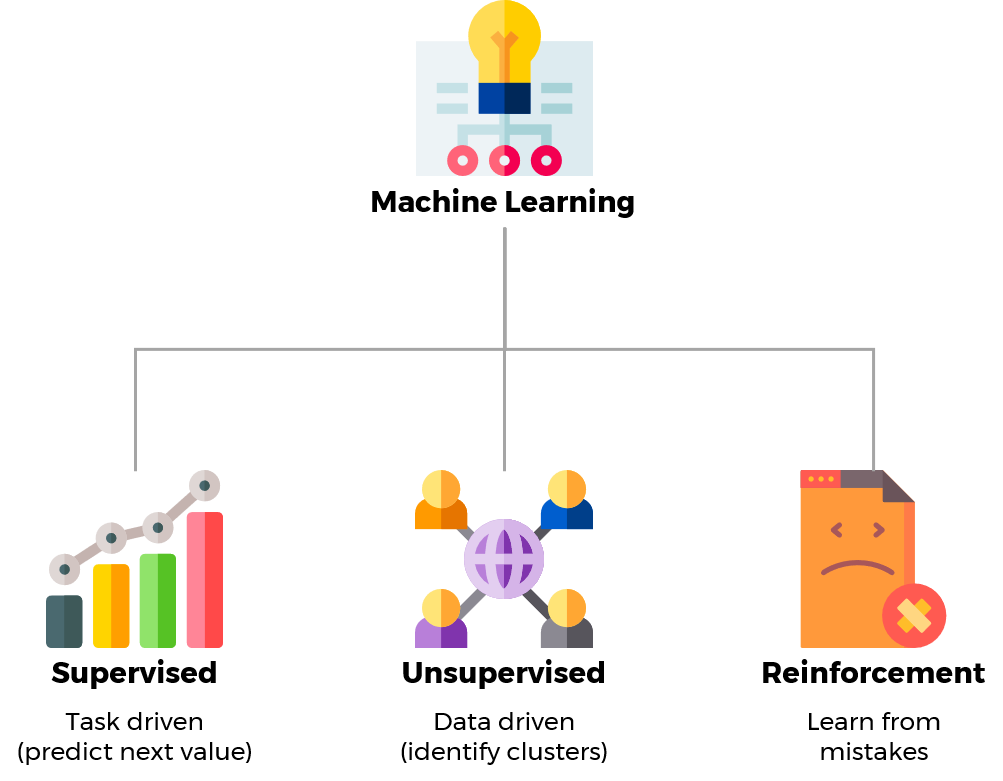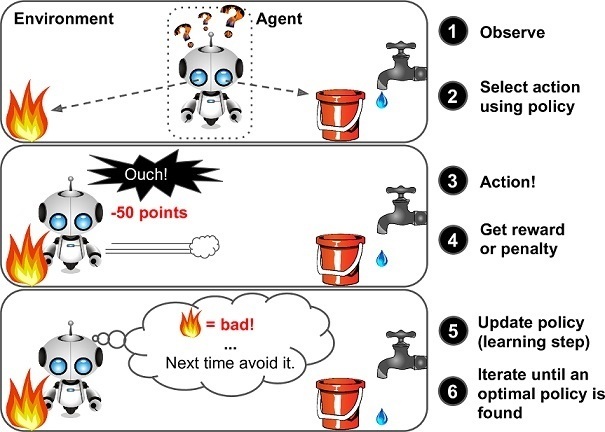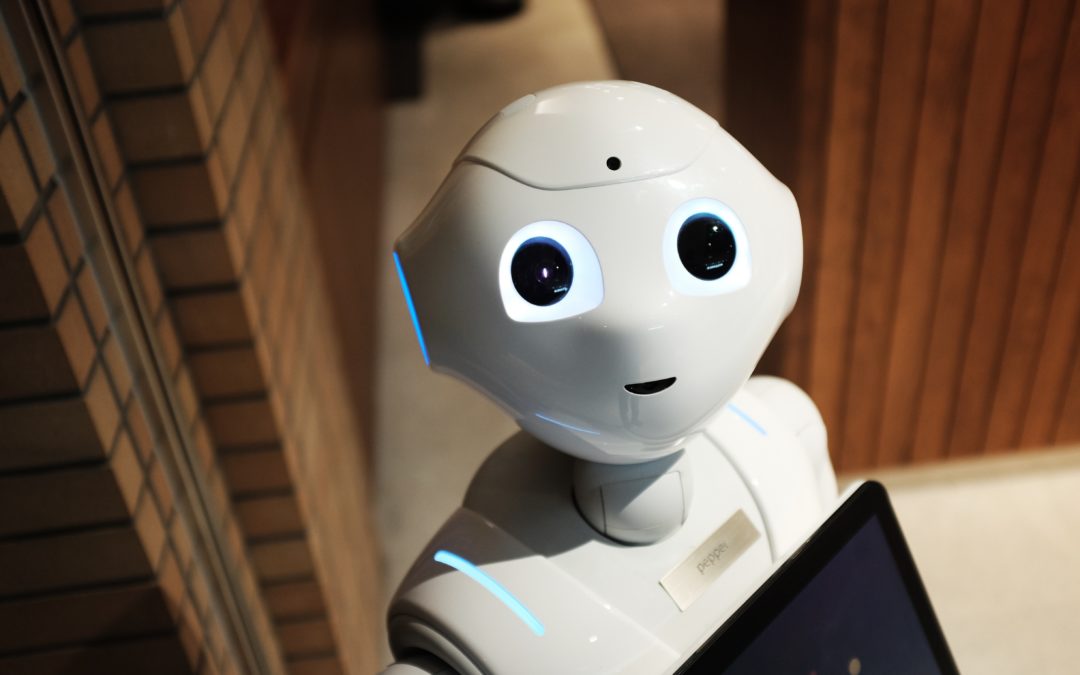In this edition of our ‘In a Nutshell’ series, we delve in to the concept of machine learning.
Machine learning is a term that has been bounded about more regularly in recent years, in part due to technological advances in our day-to-day lives, such as Fitbits and Amazon Alexa.
So what is machine learning?
Machine learning is essentially a subfield of artificial intelligence (AI). In a nutshell, the goal of machine learning is to learn from data and make accurate outcome predictions, without being explicitly programmed.

Uses of Machine Learning
It is becoming more prominent in our day-to-day lives. It’s used in a wide variety of ways, whether it’s offering intelligent insights, or just completing mundane tasks. Below is a list of just some of the uses of machine learning:
- Image recognition
- Voice recognition
- Predictions
- Finance and trading
- Medical diagnosis
Former NASA engineer and now YouTuber Mark Rober wanted to see if he could make an app that could decode baseball signs. Check out his video below to see machine learning in action!
Machine learning can be applied to many sectors, and modern technology is now being included in more and more businesses.
What are the types of machine learning?
This can be broken down in to 3 main areas:
- Supervised learning
- Unsupervised learning
- Reinforcement learning

Supervised Learning
In supervised learning, an AI system is presented with data which has been labelled, which means that each piece of data is tagged with the correct label.
An example of supervised learning in action would be the categorisation of spam emails i.e. ‘spam’ or ‘not spam’.
Classification of emails from the user helps the machine to label future emails in the relevant category, based on the data of previous classifications.
Unsupervised Learning
In unsupervised learning, an AI system is presented with unlabelled and uncategorised data. The system’s algorithms therefore act on the data without prior training.
The output is dependent upon the coded algorithms. Subjecting a system to unsupervised learning is one way of testing AI.
Let’s say a baby is seeing a group of cats and dogs for the first time. The baby has no idea what the features of a cat or dog are, i.e. they’re ‘unlabelled’. Therefore, the baby is unable to categorise which is a cat and which is a dog straight off the bat.

However, by looking at the group of animals, the baby can tell that animals 1, 3, and 5 are similar to one another, and animals 2 and 4 are also similar to one another. Although it isn’t possible to label as cats or dogs, it is still possible to find a pattern and make groupings based on said pattern. This is unsupervised learning.
Reinforcement Learning
Reinforcement learning works from the machine in question (i.e. the agent) learning from it’s environment, and it’s interactions with it. The agent receives penalties for performing incorrectly and rewards for performing correctly.

In reinforcement learning, there is no answer but the reinforcement agent decides what to do to perform the given task. In the absence of training dataset, it is bound to learn from its experience.
Summary
To summarise, this post should have given you a basic grasp of machine learning.
There are many applications within businesses, and there’s an increasing amount of innovations in the field, especially with Industry 4.0 now in full swing.
If you are a manufacturer, or are just interested in how technology can be applied to your business, get in touch with us at info@hethelinnovation.com!
We also run NAAME (New Anglia Advanced Manufacturing & Engineering) – a network designed to champion the region’s thriving manufacturers and engineers. NAAME has a specific interest in what technology can do for businesses, so if you’d like to find out more then visit the website here.


